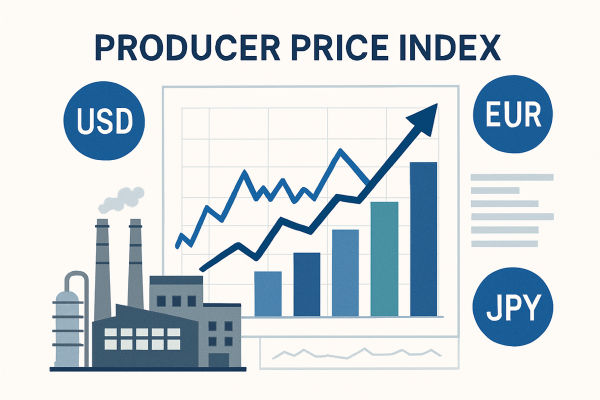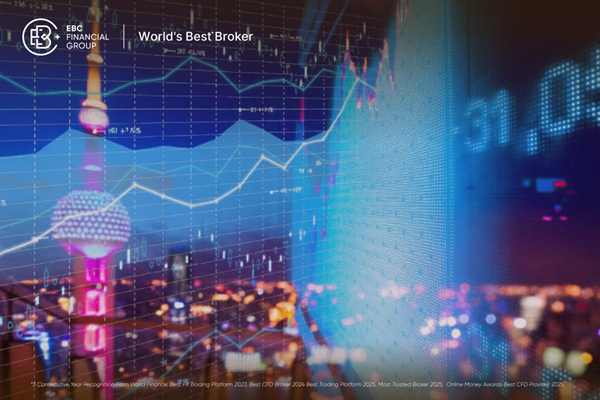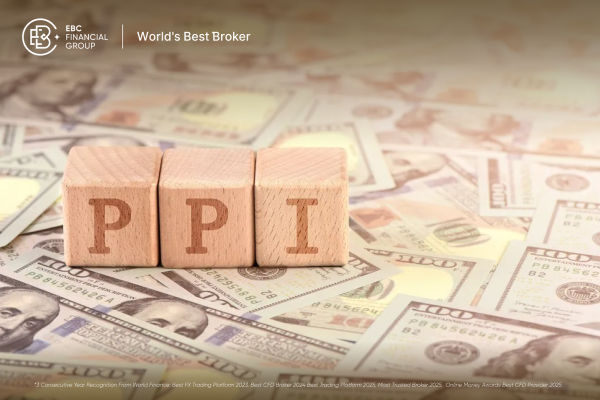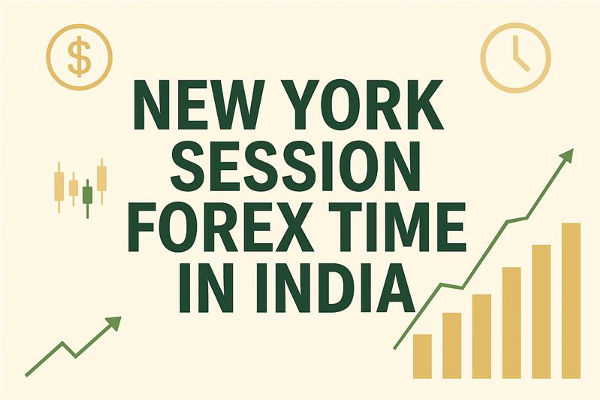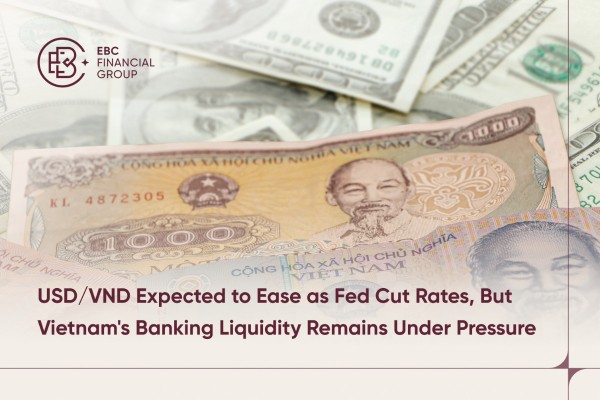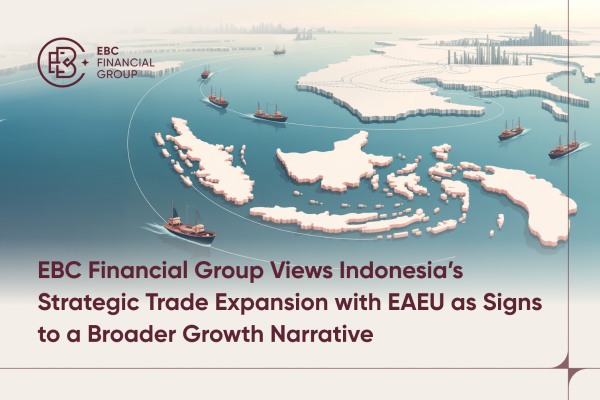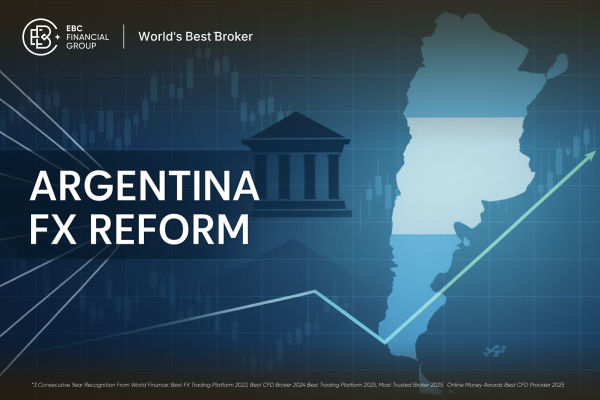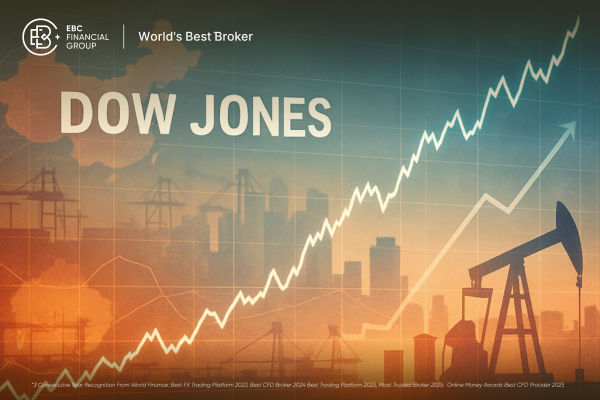In forex trading, economic indicators drive market movement, and one of the most influential is the Producer Price Index (PPI). But what is PPI in forex? In simple terms, PPI measures the average change in selling prices received by domestic producers for their output.
For traders in South Africa and Nigeria, understanding the Producer Price Index (PPI) is essential as it provides early indications of inflation and potential central bank actions.
These factors can significantly impact the value of currencies, such as the South African Rand (ZAR) and the Nigerian Naira (NGN), against the US Dollar (USD), making PPI a valuable tool when analysing how a currency might strengthen or weaken.
What Is PPI in Forex?
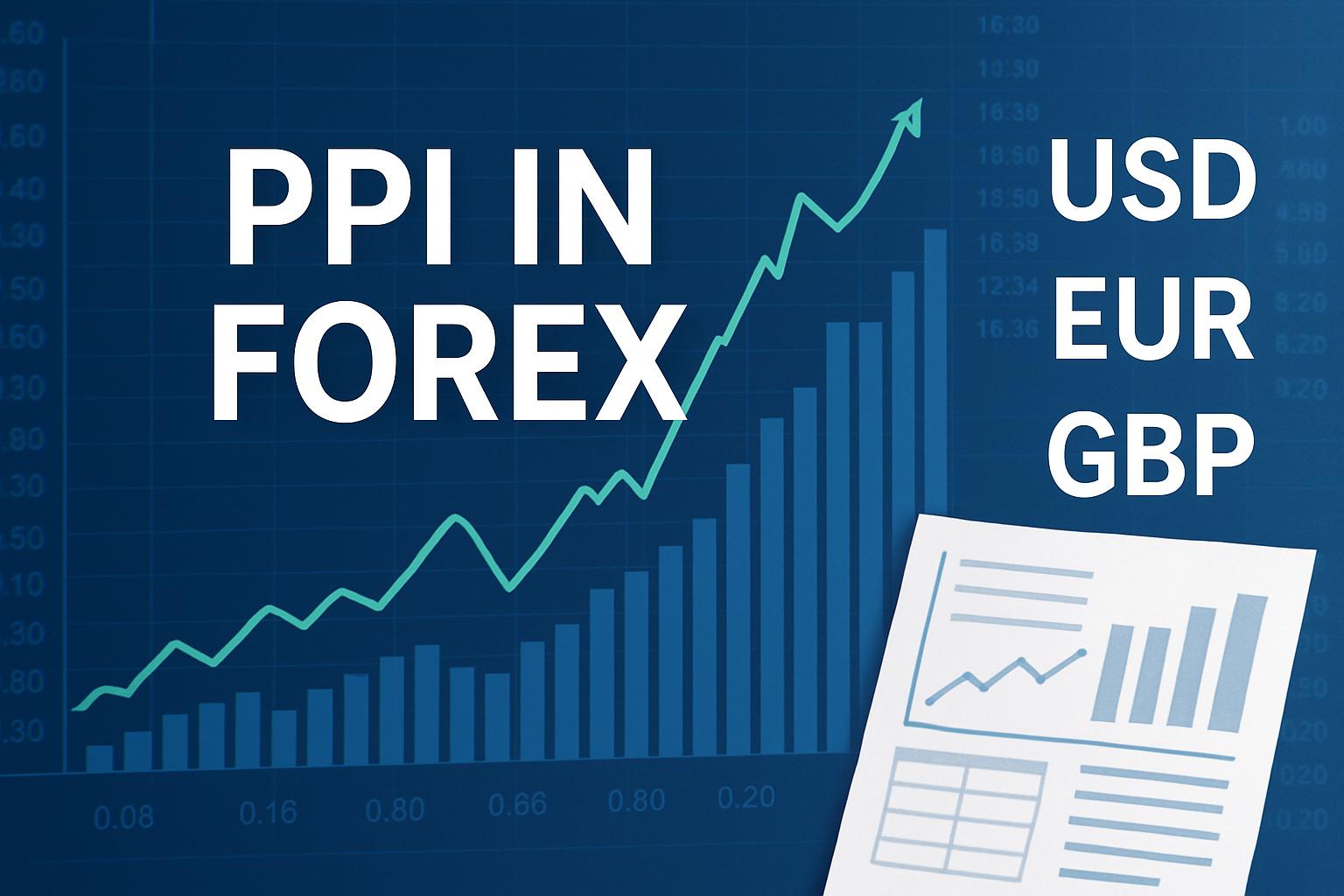
The Producer Price Index (PPI) is an economic indicator released monthly by government statistical agencies (such as the US Bureau of Labour Statistics). It tracks the average change in the selling prices that producers receive for their goods and services at the wholesale level.
In forex, PPI is essential since it signals an early indication of inflation patterns. If producer prices rise, companies often pass these costs on to consumers, which is ultimately shown in the CPI (Consumer Price Index).
For traders, this is important because:
Leading Indicator of Inflation: PPI signals price pressures before they are passed to consumers.
Clues for Monetary Policy: Central banks monitor inflation patterns carefully, as robust PPI might lead them to increase interest rates
Currency Impact: A country's currency may strengthen if a higher PPI is expected to trigger tighter monetary policy.
PPI vs CPI in Forex Trading
| Indicator |
What It Measures |
Why It Matters for Forex |
| PPI (Producer Price Index) |
Average price changes received by domestic producers at wholesale level. |
Signals future inflationary trends; useful for predicting central bank actions before CPI data arrives. |
| CPI (Consumer Price Index) |
Average price changes consumers pay for goods and services. |
More directly influences central bank decisions since it reflects cost-of-living inflation. |
In short: PPI acts as an early warning system, while CPI usually triggers stronger market reactions. Smart traders monitor both to stay ahead.
Why Is PPI Important for Forex Traders in South Africa and Nigeria?
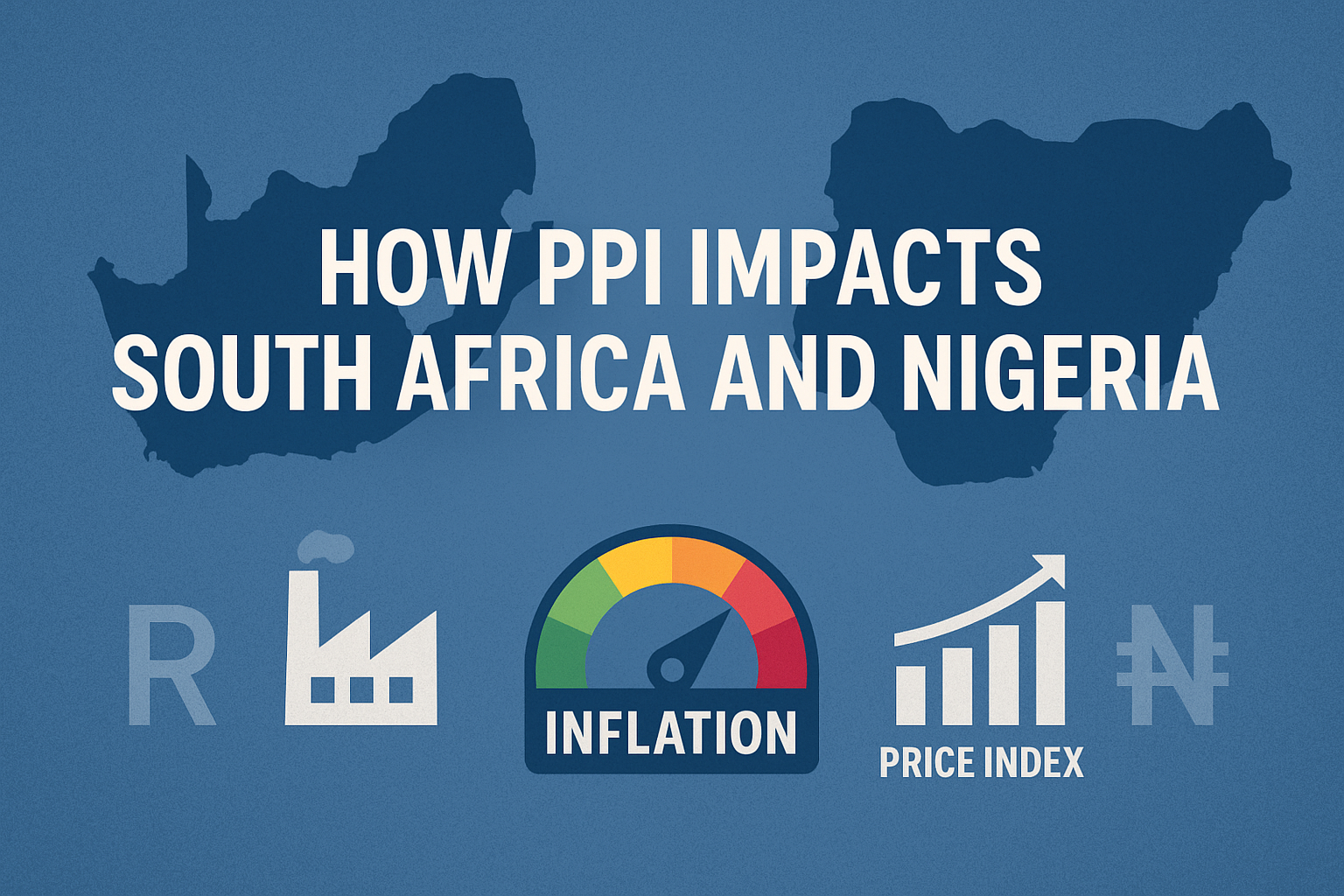
For traders in South Africa and Nigeria, PPI matters because these economies are closely tied to global commodity prices. Changes in the Producer Price Index (PPI) from the United States often affect emerging market currencies.
Inflation Indicator: The PPI indicates price tension ahead of CPI (Consumer Price Index), proving valuable for predicting inflation patterns.
Interest Rate Expectations: If PPI rises sharply, central banks such as the South African Reserve Bank (SARB) or the Central Bank of Nigeria (CBN) may consider tightening policies.
Currency Volatility: Strong PPI reports in the US can boost the USD, while weak numbers may weaken it, directly affecting ZAR/USD and NGN/USD pairs.
South Africa
For South African traders, PPI data is critical because:
South Africa is a commodity exporter (gold, platinum, coal).
Higher global PPI often boosts demand for these exports, strengthening the Rand.
SARB tracks inflation data closely, and higher PPI can trigger policy tightening.
Traders frequently monitor both the domestic PPI and the US PPI to forecast fluctuations in USD/ZAR.
Nigeria
Nigeria doesn't publish a standalone PPI. Rather, inflation is primarily gauged via CPI and composite indices. Still, traders use global PPI reports, especially from the US, EU, and China, as proxies for Nigeria's inflation outlook, since they influence oil and import prices.
An increase in the global PPI can raise oil prices, affecting Nigeria's trade balance.
Rising import prices may put pressure on Nigeria's economy, weakening the Naira.
The CBN may adjust monetary policy, but currency controls also play a role.
PPI Release Calendar: US, South Africa, and Nigeria
| Country / Region |
Indicator |
Release Frequency |
Release Authority |
Typical Release Time (Local) |
Time in GMT |
| United States |
PPI (Producer Price Index) |
Monthly (around 11th–15th of the month) |
U.S. Bureau of Labor Statistics (BLS) |
8:30 AM ET (New York) |
13:30 GMT |
| South Africa |
PPI (Final Manufactured Goods) |
Monthly (last Thursday of the month) |
Statistics South Africa (Stats SA) |
11:30 AM SAST |
09:30 GMT |
| Nigeria |
No standalone PPI (inflation tracked via CPI/Composite Index, import/export prices as proxies) |
Monthly (around 15th of the month) |
National Bureau of Statistics (NBS) |
9:00 AM WAT |
08:00 GMT |
Examples of PPI Impact in Forex on South Africa and Nigeria
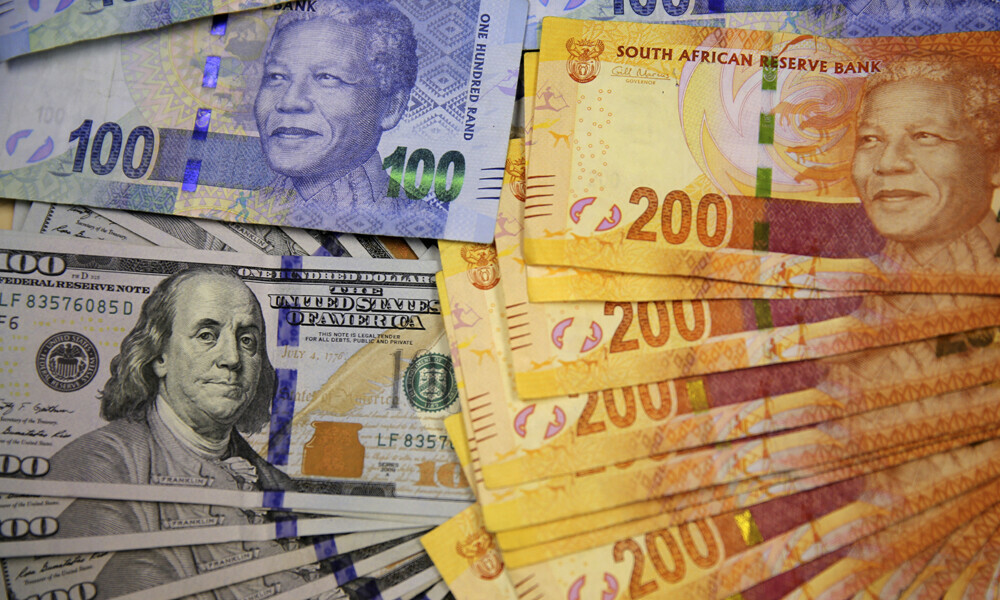
Example 1: US PPI and USD/ZAR
If the US PPI report shows higher-than-expected inflation, traders may anticipate that the Federal Reserve will raise interest rates. It strengthens the USD, causing the USD/ZAR to rise as the Rand weakens.
For example, a higher-than-forecast US PPI data in 2022 pushed the dollar higher, sending USD/ZAR up by nearly 2% in a single day.
Example 2: Local PPI in South Africa
When South Africa reports a rising PPI, it signals inflation pressure in the economy. The South African Reserve Bank may consider raising interest rates, which can strengthen the Rand.
Example 3: Nigeria's Dependence on Imports
In Nigeria, a rise in the Producer Price Index (PPI) in major countries like the US and China can lead to increased import costs.
This situation affects inflation in Nigeria and may prompt the Central Bank of Nigeria (CBN) to take action. Traders monitoring the NGN/USD exchange rate will pay attention to these signals for potential market moves.
How Traders Use PPI in Forex Strategies
PPI is not traded directly, but it guides trading decisions.
Fundamental Analysis: Traders monitor PPI to forecast CPI and inflation trends.
News Trading: Many forex traders trade immediately after PPI announcements, especially for USD-related pairs.
Interest Rate Speculation: As the PPI influences central bank decisions, it, in turn, helps traders anticipate long-term market movements.
For South African and Nigerian traders, this means PPI can be a leading clue for trading ZAR/USD, NGN/USD, or even commodity-linked pairs like AUD/USD.
Advantages and Risks of Using PPI in Forex
| Advantages of PPI in Forex |
Risks of PPI in Forex |
|
Predicts inflation trends: Helps anticipate central bank policy. |
Volatility risk: Can cause sharp short-term moves. |
|
Global impact: Strong influence on USD pairs, which affect ZAR and NGN. |
Lagging in some cases: Reflects past producer prices, not always future consumer behavior. |
|
Creates trading opportunities: Surprises in data often trigger setups. |
False signals: CPI may carry more weight in some markets. |
|
Provides macroeconomic insight: Shows cost pressures before they hit CPI. |
Overreaction risk: Traders can get caught in exaggerated price swings. |
|
Useful for hedging: Businesses in South Africa and Nigeria can manage FX exposure. |
Country-specific limits: Nigeria lacks a standalone PPI. |
Frequently Asked Questions
1. What Does PPI Mean in Forex Trading?
PPI in Forex stands for the Producer Price Index, which is an economic metric that tracks fluctuations in the prices received by local producers for their goods.
2. Is PPI More Important Than CPI in Forex Trading?
Not always. CPI usually has a greater influence on central bank choices as it indicates inflation at the consumer level. However, PPI is valuable because it often signals inflation trends earlier, giving Forex traders a head start.
3. How Can a Beginner Use PPI to Trade Forex?
A beginner can start by checking PPI economic calendar releases and observing how USD/ZAR, USD/NGN, and EUR/USD react. If PPI is much higher or lower than expected, traders can look for short-term volatility to enter trades with proper risk management.
Conclusion
In conclusion, PPI in forex is a leading inflation indicator that measures producer-level price changes, helping traders anticipate central bank actions.
For traders in South Africa and Nigeria, PPI provides information on potential movements of the Rand and Naira against key currencies, particularly the US Dollar.
By incorporating PPI into trading strategies, forex traders gain an early advantage in predicting market trends. However, PPI should always be analysed alongside other indicators for the best results.
Disclaimer: This material is for general information purposes only and is not intended as (and should not be considered to be) financial, investment or other advice on which reliance should be placed. No opinion given in the material constitutes a recommendation by EBC or the author that any particular investment, security, transaction or investment strategy is suitable for any specific person.
